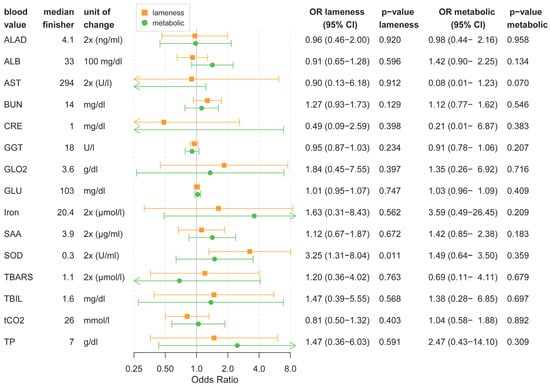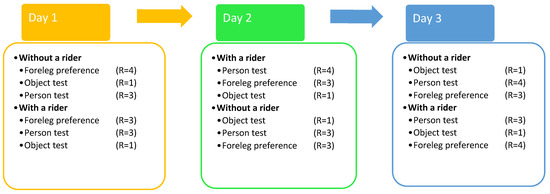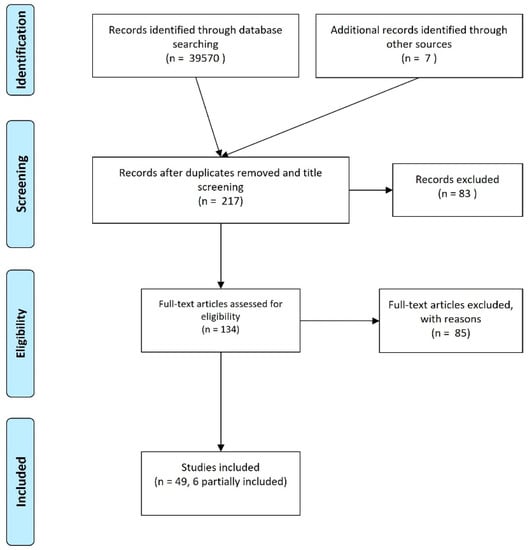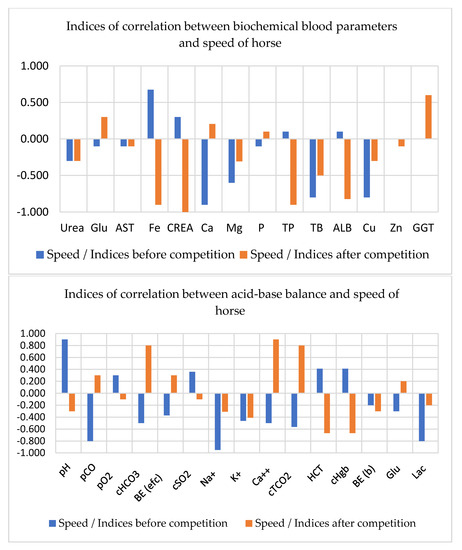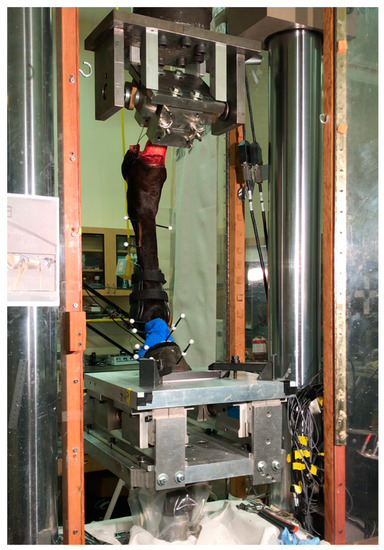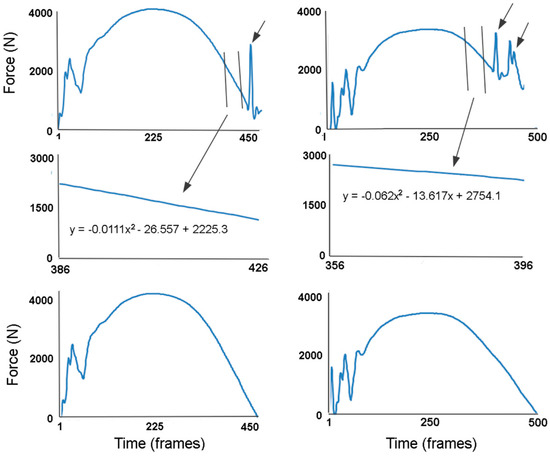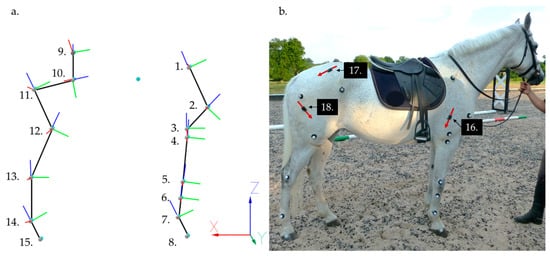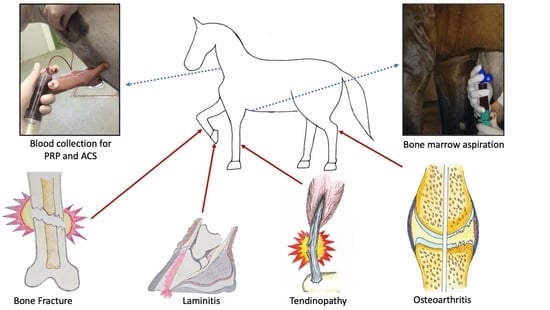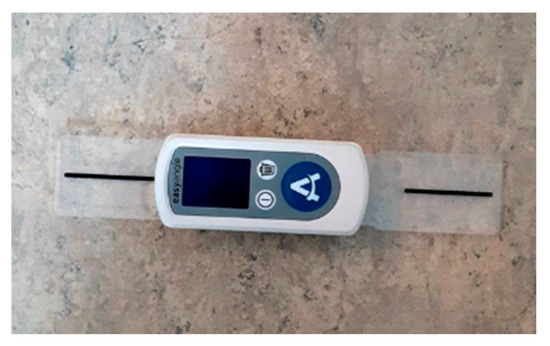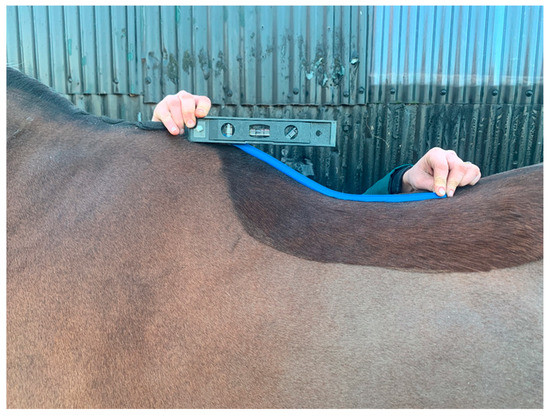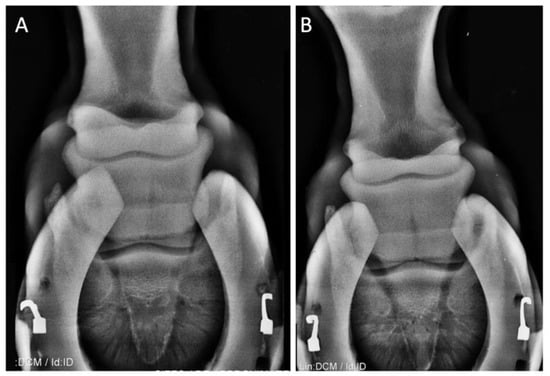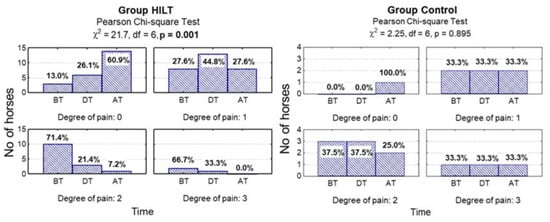Equine Training and Rehabilitation
A topical collection in Animals (ISSN 2076-2615). This collection belongs to the section "Equids".
Viewed by 112029Editors
Interests: training methods in equine sport; horse and rider performance; equine sports medicine; sports performance analysis; horseracing; epidemiological analysis of injury risk and disease; equine quality of life; horse-rider interactions
Special Issues, Collections and Topics in MDPI journals
Topical Collection Information
Equestrianism is popular worldwide, with millions of horses and riders participating in competitive horse sports and non-competitive leisure riding. Horse riders, owners, and trainers are responsible for the management of their horses and have a duty of care to engage in practices which optimize equine health and welfare in addition to promoting ethical equitation practices. Equestrian practice is multifaceted, and to achieve optimum management, the application of ethical and evidence-based training and rehabilitation practices are essential to ensure equine athletes are sufficiently prepared to meet the demands of the workload or competition expected by riders and trainers. Despite this, there is a paucity of research which goes beyond anecdotal opinion which can be used to support evidence-informed practice. This Special Issue aims to showcase emerging practices in this field.
Original manuscripts, in the form of research or review papers, that relate to any aspects of equine training and performance, equine rehabilitation, the effects of treatment interventions in the horse, or which consider the dynamic relationship between horses and riders are all welcomed for this Special Issue.
Topics of interest include evidence-based studies of equine training methods, performance analysis of equestrian sport, management of injury or aspects related to the welfare of the sports horse or racehorse in training/competition are welcomed, including applied studies. Alongside this, we invite studies relating to treatments of common musculoskeletal conditions, therapeutic intervention studies, and critical reviews of frequently used approaches within equine physiotherapy and rehabilitation practice. All studies must use objective measurement to ensure reliable and valid evaluation of outcomes.
Dr. Jane M. Williams
Dr. Gillian Tabor
Guest Editors
Manuscript Submission Information
Manuscripts should be submitted online at www.mdpi.com by registering and logging in to this website. Once you are registered, click here to go to the submission form. Manuscripts can be submitted until the deadline. All submissions that pass pre-check are peer-reviewed. Accepted papers will be published continuously in the journal (as soon as accepted) and will be listed together on the collection website. Research articles, review articles as well as short communications are invited. For planned papers, a title and short abstract (about 100 words) can be sent to the Editorial Office for announcement on this website.
Submitted manuscripts should not have been published previously, nor be under consideration for publication elsewhere (except conference proceedings papers). All manuscripts are thoroughly refereed through a single-blind peer-review process. A guide for authors and other relevant information for submission of manuscripts is available on the Instructions for Authors page. Animals is an international peer-reviewed open access semimonthly journal published by MDPI.
Please visit the Instructions for Authors page before submitting a manuscript. The Article Processing Charge (APC) for publication in this open access journal is 2400 CHF (Swiss Francs). Submitted papers should be well formatted and use good English. Authors may use MDPI's English editing service prior to publication or during author revisions.
Keywords
- equine training
- rehabilitation
- physiotherapy
- equine performance
- equine therapy
- water treadmill
- equine sport
- horseracing
- rider performance
- welfare






